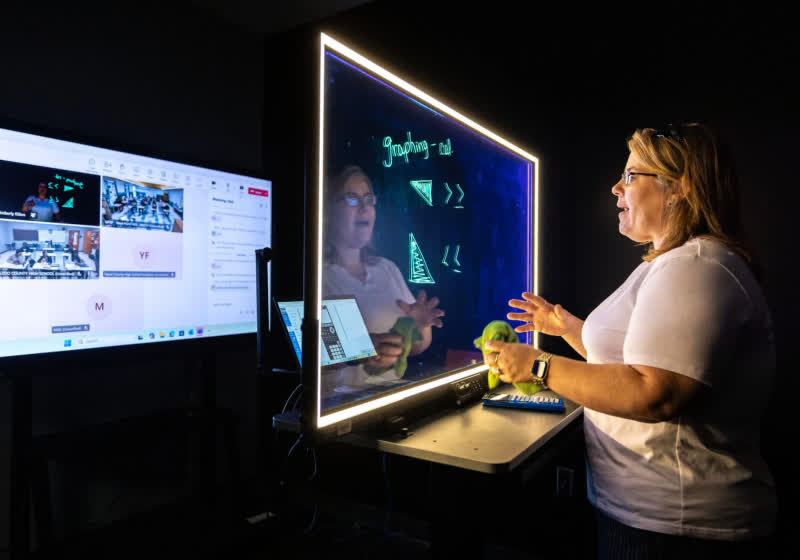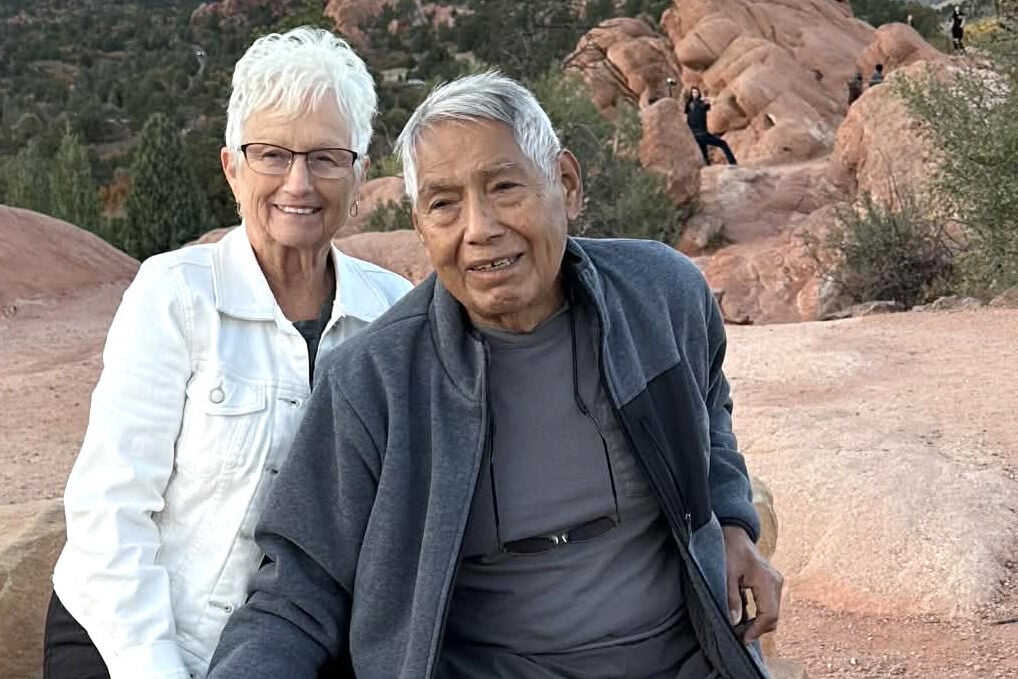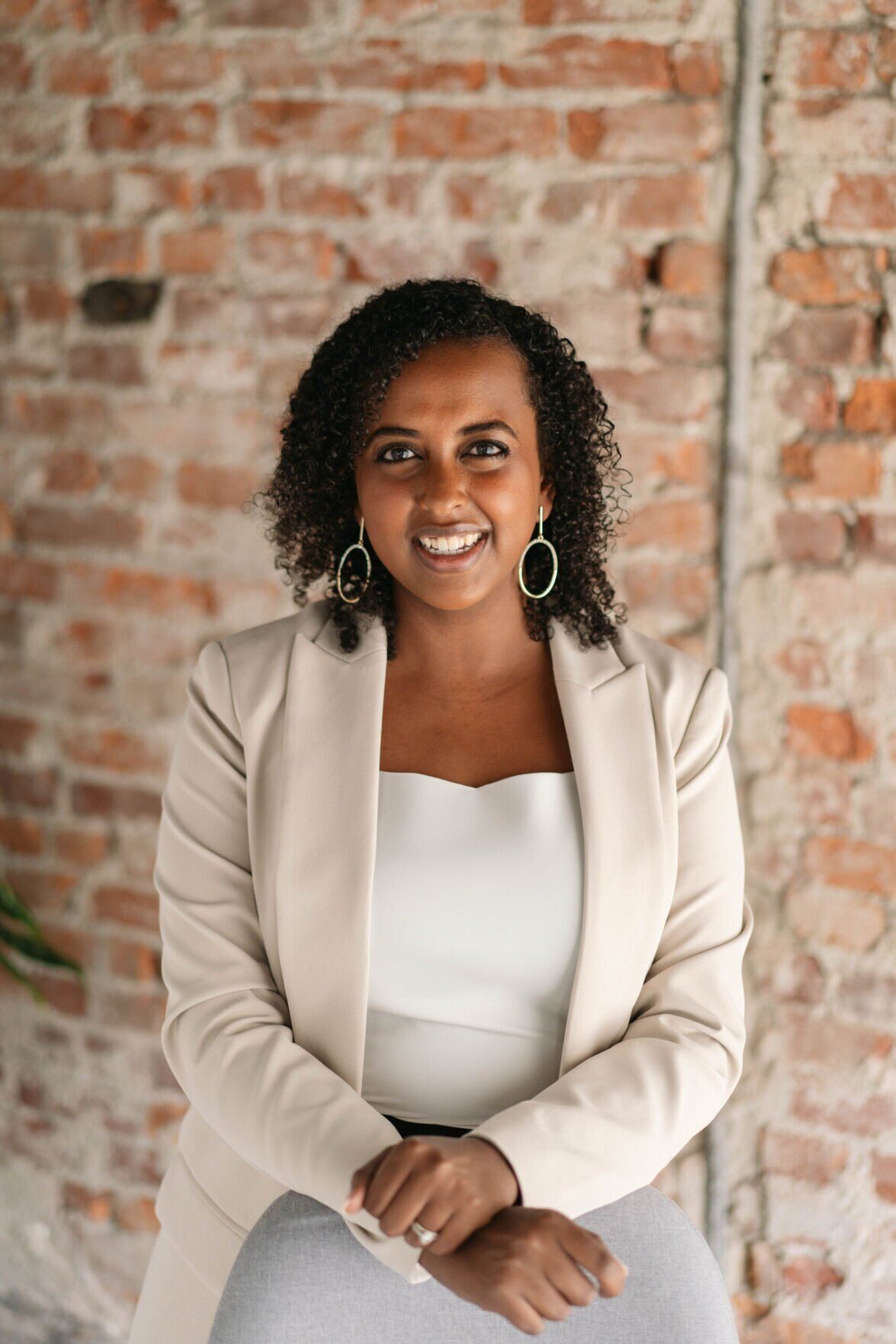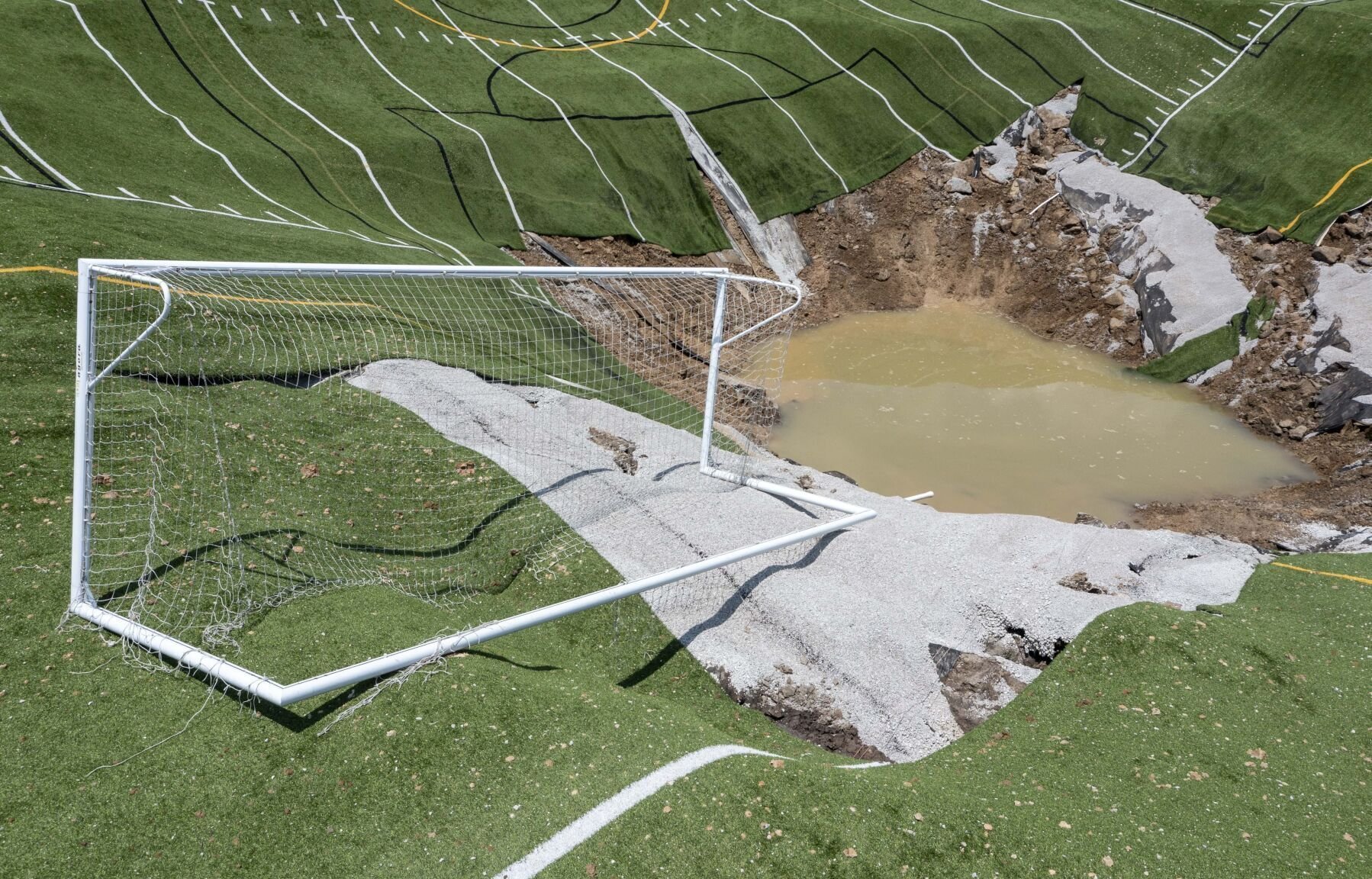Mississippi is piloting a virtual teaching program to tackle its teacher shortage head-on. Known as REACH MS, this initiative unites the Mississippi Department of Education and Mississippi Public Broadcasting with support from a $2.2 million state appropriation.
Inside Mississippi’s new virtual teaching experiment to fix its teacher shortage

Key Takeaways:
- Mississippi has launched a virtual pilot to address its teacher shortage.
- Called the Mississippi Virtual Synchronous Learning Initiative (REACH MS).
- It is a collaboration between the state’s education department and Mississippi Public Broadcasting.
- The Mississippi Legislature provided $2.2 million for its development.
- The program remains in its early, pilot stage.
Background on Mississippi’s Teacher Shortage
Mississippi faces a significant shortage of qualified teachers, leaving many schools struggling to fill classrooms. In search of innovative approaches to close the gap, leaders have turned to a virtual teaching solution that could reshape how students connect with educators.
The REACH MS Initiative
Officially known as the Mississippi Virtual Synchronous Learning Initiative, REACH MS is designed to bring together remote instructors and on-site classrooms. This program draws on new technology enabling real-time interaction, attempting to ensure that every student—no matter where they live—receives an equal opportunity to learn.
Collaboration and Funding
Co-developed by the Mississippi Department of Education and Mississippi Public Broadcasting, REACH MS enjoys the backing of a notable $2.2 million appropriation from the Mississippi Legislature. According to the state, this funding underscores the importance of sustaining effective learning practices, even when in-person educators are hard to find.
Pilot Phase and Next Steps
As a pilot program, REACH MS will test how remote lessons can complement existing teaching resources. State officials will gauge how effectively the virtual model meets the needs of understaffed schools and student populations. Observers hope the results will offer a pathway toward more sustainable, scalable solutions for Mississippi’s education system.











